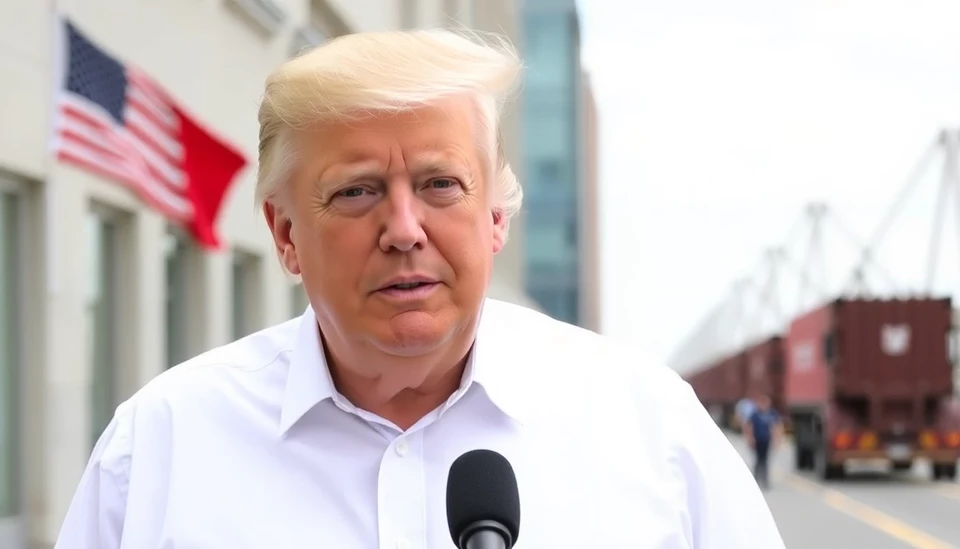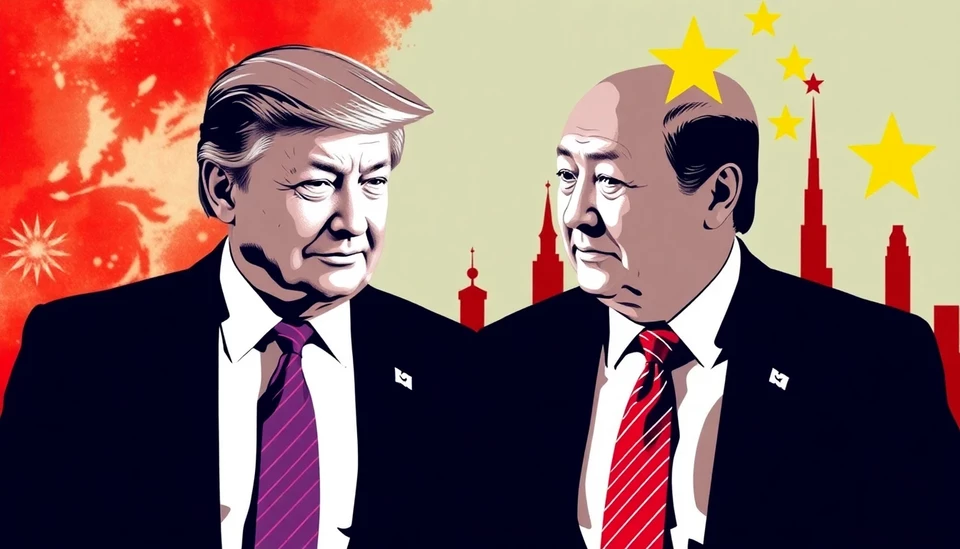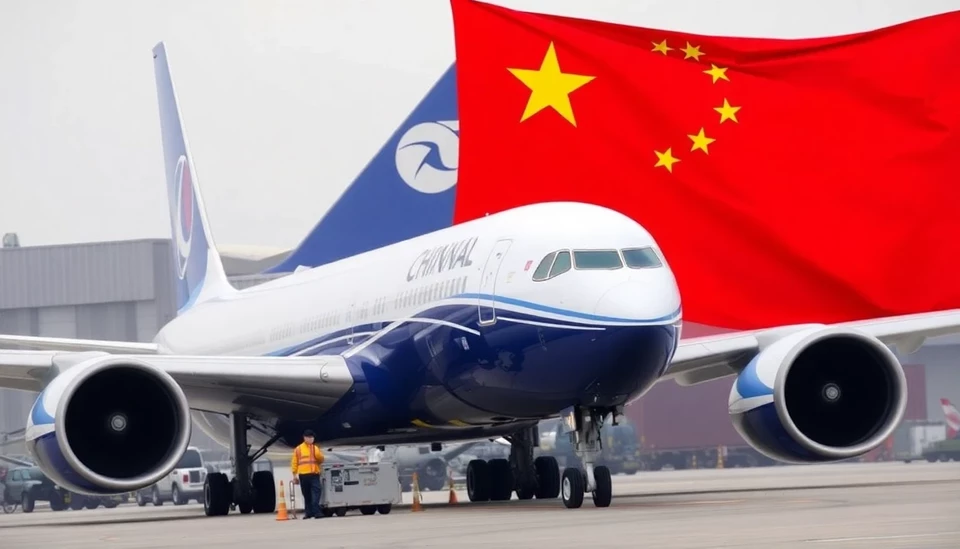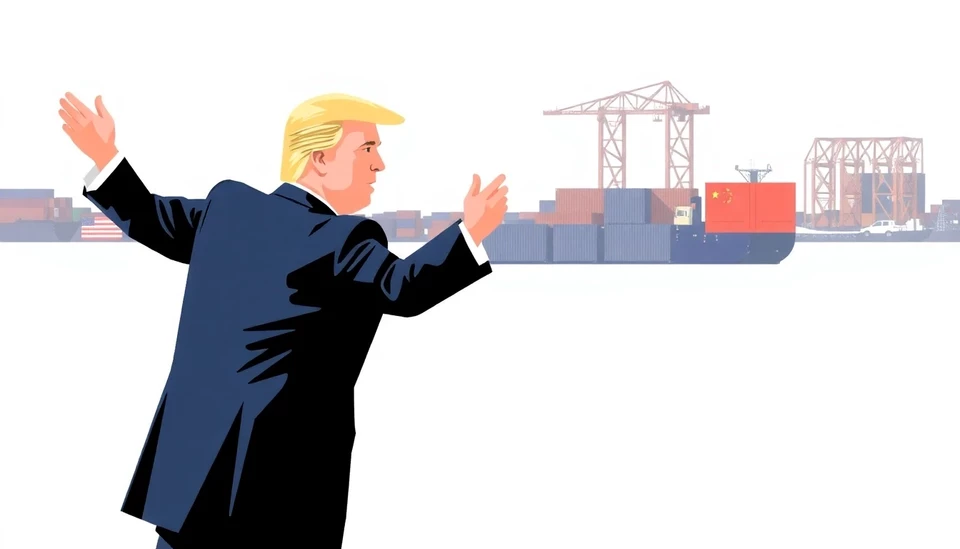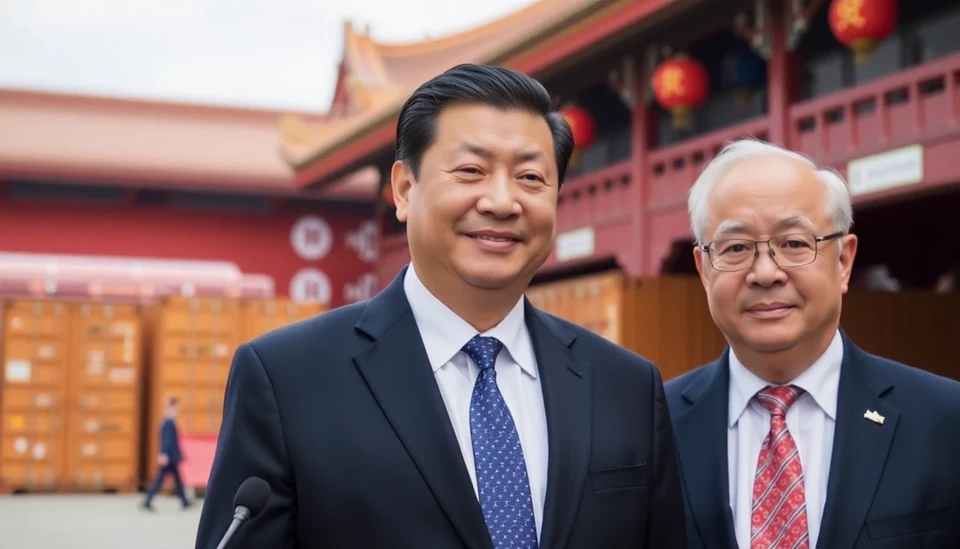
In light of the escalating trade tensions between the United States and China, analysts have observed that China’s approach to retaliating against recently imposed tariffs appears surprisingly restrained. This tempered response hints at a strategic calculus aimed at minimizing economic damage while navigating the complex landscape of international trade dynamics.
Following the U.S. government's implementation of new tariffs on various Chinese imports, expectations for a tit-for-tat escalation were high. However, analysts are pointing out that China's retaliatory measures have thus far been milder than anticipated. Instead of launching a wave of new tariffs on American products, which could have significantly disrupted trade flows, Beijing has opted for more nuanced methods of response.
This restrained reaction is viewed by many experts as a reflection of China's current economic priorities, which include stabilizing its economy as it contends with other pressing challenges such as a slow recovery from the pandemic and internal economic pressures. The Chinese government seems to be weighing the consequences of aggressive tariff retaliation against potential damage to its own economic stabilization efforts.
Moreover, there are indications that China might favor maintaining open channels of dialogue with the U.S. rather than escalating tensions further. This approach not only positions China as a reasonable global player but also preserves its opportunities for negotiation, should circumstances allow for more favorable discussions in the future.
Analysts believe that this calculated restraint could be beneficial for China in the long run, as it seeks to enhance its global economic standing and possibly revive trade relationships that were strained in previous tariff battles. By avoiding immediate retaliation, China might be positioning itself to regain ground in future negotiations and modernize relationships with other trading partners.
The global economic landscape continues to shift, and the actions of both the U.S. and Chinese governments will be closely monitored. As stakeholders across various sectors analyze market signals, the measured response from China could serve as a message of pragmatism and economic prudence in a time of uncertainty.
In conclusion, the current trajectory suggests a cautious approach from China regarding tariffs and international trade relations. The ongoing dynamics serve as a reminder of the intricate balance that countries must maintain amid rampant globalization and protective economic policies.
#ChinaTariffs #TradeTensions #EconomicStrategy #GlobalTrade #ChinaUSRelations
Author: Rachel Greene
